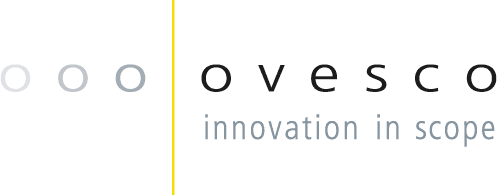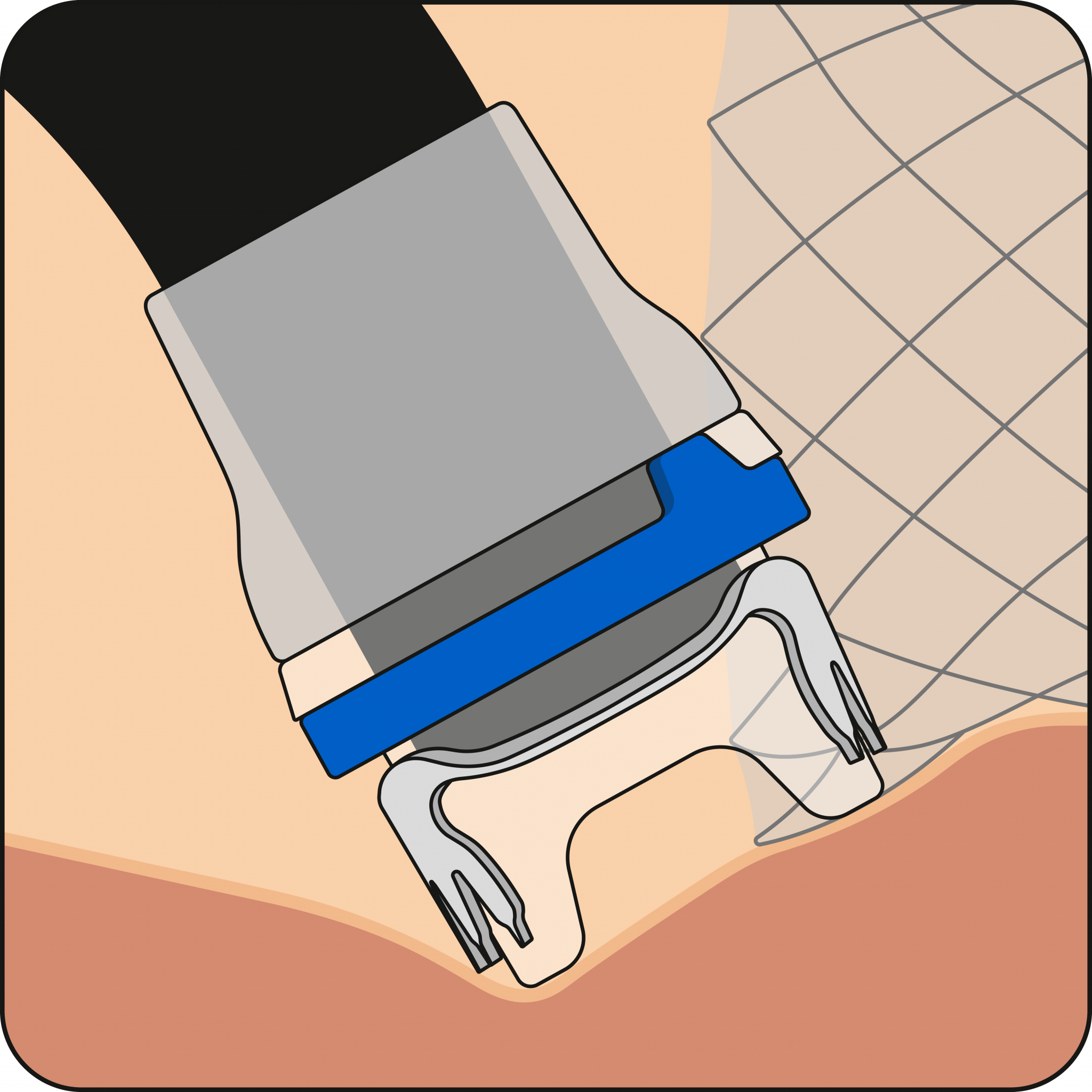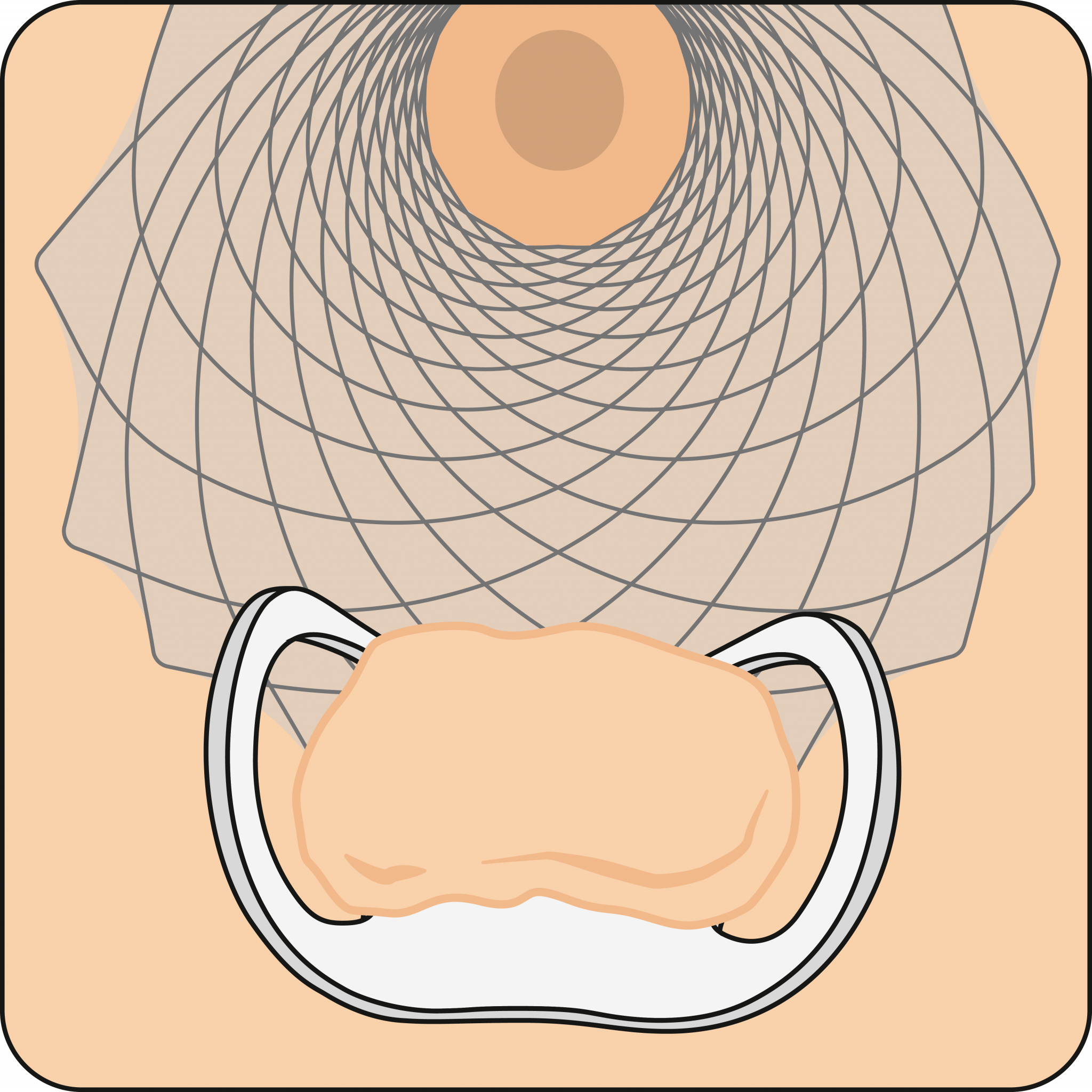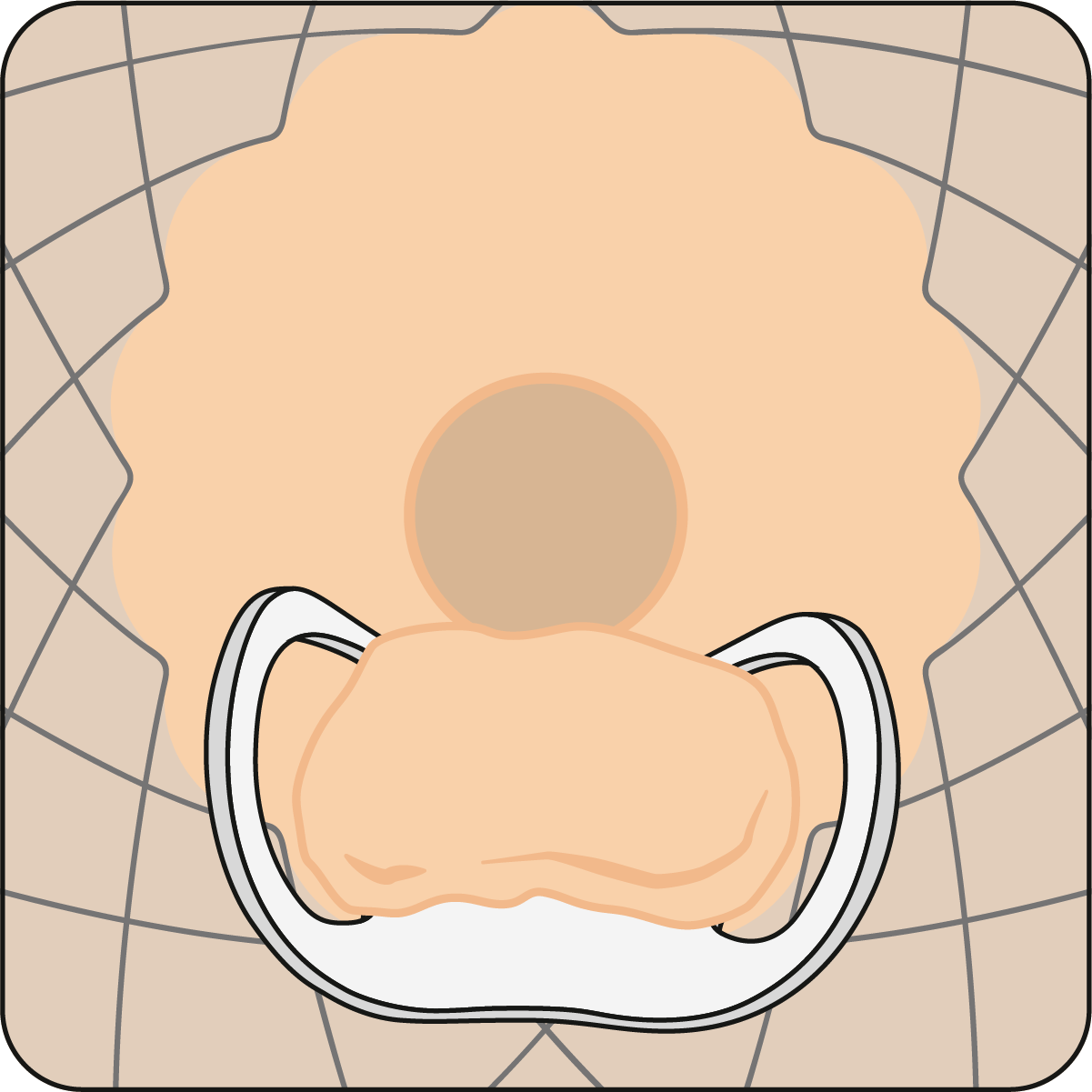Stent fixation
Endoscopic stent implantation is an established procedure for treating stenoses and leaks in the gastrointestinal tract. However, stent migration remains a key problem, as it can lead to complications such as renewed obstruction, perforation, or treatment failure. Secure stent fixation is therefore essential to achieve the best possible clinical outcome for patients. Various procedures are used for stent fixation, such as endoscopic sutures, TTS clips, and the stentFIX System from Ovesco, which was specially developed for the fixation of metal stents.
Indications
- Prevention of stent migration in benign and malignant stenoses
- Securing stents in cases of leakage and fistulas
- Fixation of stents when therapeutic intervention through the stent is necessary
- Use in patients with an increased risk of stent dislocation
(e.g., overstenting of the gastroesophageal junction)
Procedure
The stentFIX System was developed specifically for the fixation of metal stents and can be used for the fixation of both SEMS (self-expanding metal stents) (Mehta et al 2024) and LAMS (lumen-apposing metal stents) (Bronswijk et al. 2025) throughout the digestive tract. The effectiveness of the system has been proven in numerous studies, for example Mehta et al. (2024), Bronswijk et al. (2025), Park et al. (2022), Schiemer et al. (2022), and Manta et al. (2023). Thanks to its compact design, the stentFIX system can also be used with stents with a diameter of 18 mm or more, allowing the stents to be fixed at both the proximal and distal stent edges. The cap allows easy positioning at the stent edge, enabling the clip to optimally grip the stent mesh and tissue, adapting to the gastrointestinal anatomy.
The study by Mehta et al. (2024) shows that in most cases, the clip can be easily removed with forceps after an implantation period of 4-5 weeks. If earlier removal is necessary, the remOVE System provides an instrument for safely cutting and retrieving the clips with good wall adhesion, so that the stents can be removed endoscopically in a minimally invasive manner at any time.
Stents can also be fixed to the tissue using endoscopic suturing. Current studies, such as those by Mehta et al. (2024), show a similarly high effectiveness in preventing stent migration as when using the stentFIX System, but endoscopic suturing is more time-consuming than alternative procedures and removal is also generally more complex. Endoscopic suturing systems also involve high costs for the hospital, usually have a steep learning curve, and are not available in every hospital. (Mehta et al. 2024)
Stents can also be secured using classic through-the-scope clips (TTS clips). The advantage lies in the wide availability of the clips and their ease of use. However, studies such as Papaefthymiou et al. (2024) show that stent migration is less effectively prevented than with fixation using the stentFIX System.
| Procedure | Migration rate | Cost | Time | Removal | Availability |
|---|---|---|---|---|---|
| Ovesco stentFIX System | ✔ Low |
✔ Low |
✔ Low |
✔ Easy |
✔ High |
| Endoscopic suture | ✔ Low |
× High |
× Higher |
× Complex |
× Not available everywhere |
| TTS clips | × Higher |
✔ Low |
✔ Low |
✔ Easy |
✔ High |
Case studies
Clip and stent removal with the remOVE System
Removing the stent also requires detaching the clips from the tissue. With the remOVE System, Ovesco has developed an easy-to-use system that can be used to cut Ovesco clips with minimal thermal tissue impact and remove them safely with the help of the retrieval cap. The clinical video from the USA above impressively demonstrates the removal of the clip and stent with the remOVE System.








